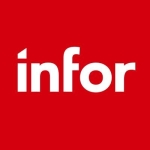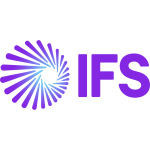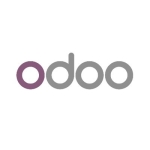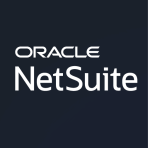What is our primary use case?
Our company specializes in implementing Oracle ERP solutions.
Our company has worked with specific customers in the telecommunications industry, some of whom were looking to replace their existing systems. For those with technical needs, we were able to provide effective solutions, and in one instance, we successfully implemented IaaS Logistics.
How has it helped my organization?
I am not familiar with those specific details. It's possible that the information is only available to the marketing department or another team within the company.
Our clients have experienced improvements in workflow and time efficiency.
What is most valuable?
The most valuable features of Oracle ERP depend on the specific needs of each customer.
The financial module has excellent features that many find valuable, while the HCM module is also highly regarded.
Additionally, Property Manager IFRS 16 is known to be effective.
Ultimately, the choice of which features to use depends on each customer's unique requirements.
What needs improvement?
Improving the reporting and user interface of Oracle ERP would be beneficial and is something that can be considered for future updates.
As an operations manager, my knowledge of the functional aspects of Oracle ERP is limited, and functional experts would likely have a better understanding. However, based on feedback from many customers, the reporting features of the system are not considered to be very effective.
For how long have I used the solution?
We have been working with Oracle for 12 years.
We are working with the latest version of Oracle E-Business Suite.
What do I think about the stability of the solution?
Oracle E-Business Suite is a stable solution.
What do I think about the scalability of the solution?
Oracle E-Business Suite is a scalable solution.
The Oracle ERP software is customizable, you can tailor it to your specific needs and requirements.
How are customer service and support?
While technical support for Oracle ERP can be slow at times, overall it is good and helpful.
I would rate the technical support a seven out of ten.
Which solution did I use previously and why did I switch?
We also work with Fusion.
How was the initial setup?
Speaking from a functional perspective, I don't believe that the initial setup of Oracle ERP would be a particularly complicated task for the team responsible for handling it.
Here's a possible rephrased version, based on my understanding:
The Oracle ERP software doesn't require any specific maintenance beyond normal routine maintenance.
What about the implementation team?
Most of our customers have deployed it on-premises.
Here's a possible rephrased version, based on my understanding:
We have a team responsible for deploying and installing Oracle ERP for our customers.
My team consists of both DBAs (Database Administrators) and other technical professionals with various specialties.
What's my experience with pricing, setup cost, and licensing?
In my opinion, the prices for Oracle ERP are reasonable, especially considering the various discounts that are often available.
Overall, I believe the pricing is fair.
What other advice do I have?
Oracle ERP is widely recognized as a very good product, and information about it can be found on our website and through our partners.
When a customer is in need of an ERP solution, they often turn to Oracle due to its reputation and track record of delivering high-quality products.
I would recommend this solution to others who are interested in using it.
I would rate Oracle E-Business Suite a nine out of ten.
Which deployment model are you using for this solution?
On-premises
Disclosure: My company has a business relationship with this vendor other than being a customer: Implementer














We use Oracle EBS for your day to day ERP business. Most of our custom applications are laid either on R12 or 11i including SOA suite.